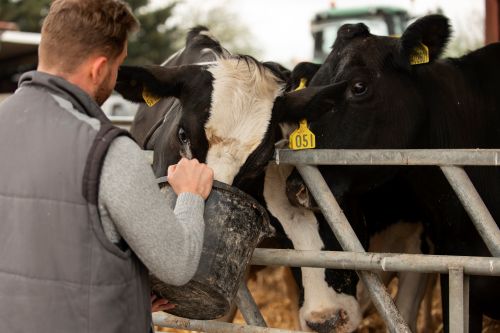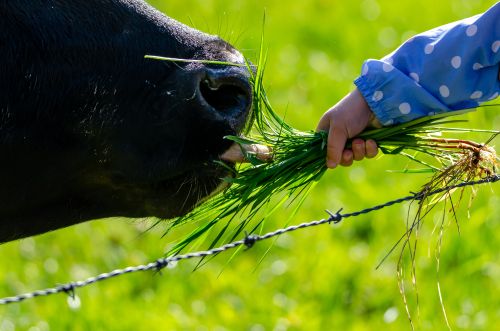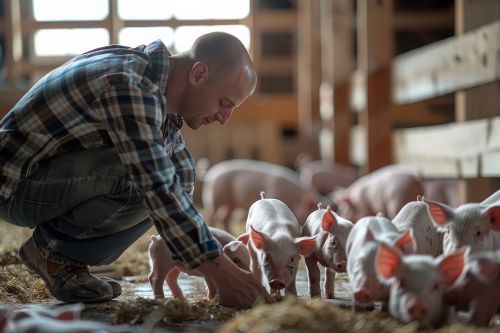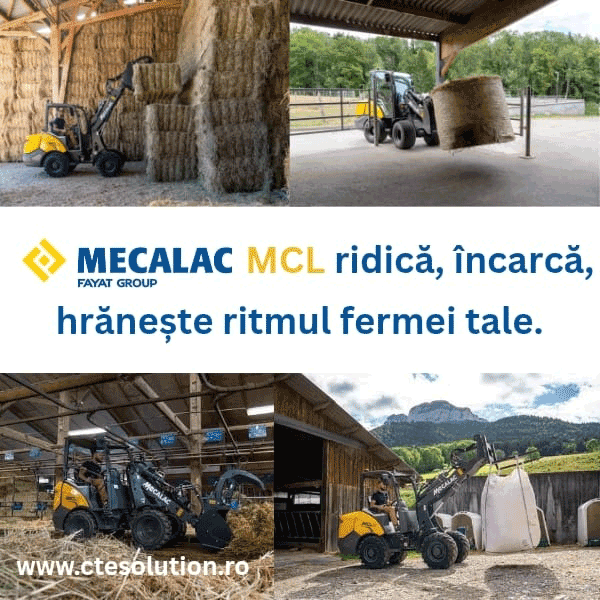
As the importance of transitioning to green energy becomes increasingly clear, many farmers see the financial benefits of leasing their land to solar farms to provide a reliable income stream, as noted by FoodNavigator.
Struggling with the Cost of Living
Like everyone else, farmers are struggling with the cost of living, and having agricultural land leased by energy companies can often seem like a good option. However, for many farmers, the decision to lease land for solar panels can be emotionally challenging, as they have a strong attachment to their land.
On the other hand, such transactions often provide farmers with a reliable income stream at a time when costs are high.
Land Use for Solar Farms
Using agricultural land for solar farms doesn't necessarily have to be at the expense of food production. In some cases, it can even enhance it. The concept of using the land for both solar panels and agriculture is called agrovoltaic. While this process forces agricultural land and solar panels to share sunlight, it doesn't necessarily harm crops and can, according to a 2019 study in Nature Sustainability, improve them.
"Studies in the US and Europe have shown that agrovoltaic projects provide protected crops against early and late frost, reduce the amount of water required for irrigation, and improve soil health over time, leading to increased food yields," said Lucy Bullock-Sieger, VP for Strategy at the American renewable energy company Lightstar Renewables.
Moreover, according to Sarah Webb, Business Development Director for the UK-based renewable energy company Anesco, using agricultural land for solar panels can also increase biodiversity. "We always strive to increase the biodiversity of any land we develop. For example, we create habitats for the most at-risk wildlife and bird species. A site we recently developed saw a 100% improvement."
However, while there are proven benefits for food production and biodiversity, the key factor for farmers to lease their land is financial. According to Webb, the cost of living crisis is a significant factor in the increasing trend of land leasing.
Leasing Among Farmers
"Although each project is different and the reason for leasing the land will vary from farmer to farmer, we have certainly seen an increase in inquiries from those looking to generate additional income due to financial challenges," Webb told FoodNavigator.
"We have also worked with farmers looking to secure a guaranteed long-term income for future generations. Or they may be approaching retirement age and seeking alternative opportunities for their land, as farming becomes more physically challenging."
"Generating solar energy really helps to maintain the profitability of agriculture, offering farmers income diversification," said Peter Hess, External Affairs Manager for EDF Renewables, the renewable energy subsidiary of EDF Energy in the UK. "This is definitely a significant benefit for farmers who tend to be quite passionate about climate change and its effects on food security."
However, the energy produced, at least in the case of Anesco and EDF, doesn't go directly to the farmers. "The projects we design and build at Anesco are large-scale solar farms, and the energy they produce is fed into the UK's national grid," Webb said.
"Although the energy produced doesn't go directly to the farmers' buildings, it contributes to the UK's electricity network and significantly supports the country's transition to green energy and the goal of net-zero carbon emissions."
The Leasing Process
Agricultural land needs to be assessed by the energy company before it can be leased for use in solar farms. According to the leasing process undertaken by Anesco, the farmer must first provide a plan that indicates which land they have in mind.
The energy company will then conduct an internal assessment of the land, checking if it's in a high flood-risk area or a conservation area. "If the land is deemed suitable," Webb said, "we will establish the network capacity potentially available in the area to see if the scheme could be connected at a viable price. The timeline for obtaining a grid connection will also provide an indication of the potential project timeline."





